As many of you know, there are dozens upon dozens of supplements one can take to correct, or improve one’s health, but I often keep strict to affordability and availability, while I intend to write a bigger piece solely focused on peptides (and they are often rather expensive, but results are incredible) I decided to write this one about a recent combination, by no means new, I just decided to test it the last few weeks and had very positive results.
For starts here is an old Twitter thread with things of interest NAC can do, the list of what NAC actually can do is fairly extensive, there is a scientific review with over 120 pages. NAC has been one of the supplements I most advise anyone to supplement for as long as I have been on Twitter almost.


Glycine was proposed as an intervention against tissue damage and cytokine storm very early in 2020. It can be a powerful therapeutic against cystic fibrosis, together with Lysine-Acetylsalicylate it can reduce SARS-CoV-2 replication. These are but very few of the uses of Glycine, with both the Twitter thread and these examples, it should be enough for the layperson to understand both of these, alone, are powerful supplements.
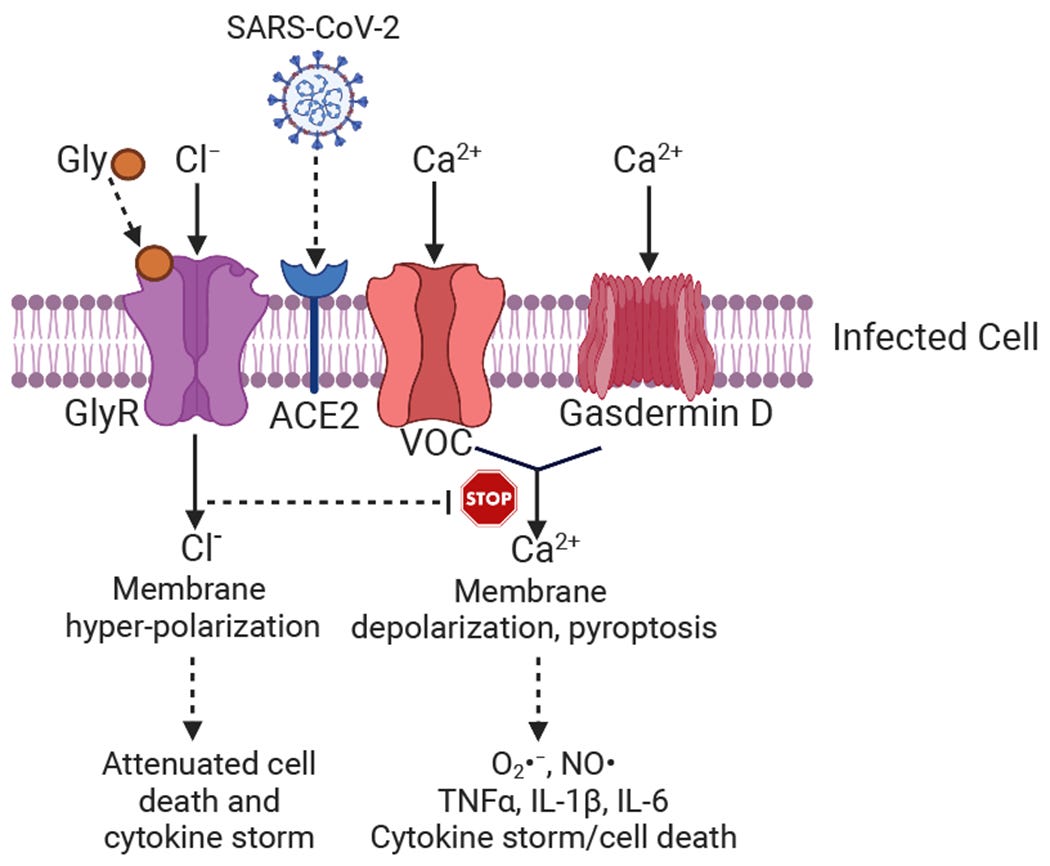
With the last addition being this one.
Glycine can prevent and fight virus invasiveness by reinforcing the extracellular matrix
The extracellular matrix, mainly composed of collagen, is a mechanical barrier against infective agents, including viruses. High glycine availability is needed for a healthy collagen turnover. Glycine produced by human metabolism is much lower than the cell’s needs giving a general glycine deficiency of 10 g/day in humans. This effect was tested for three years in 127 volunteers who had virus infections usually once or more times every year. 85 of them took glycine 10 g/day; 42 did not take glycine. Among those who took glycine, only 16 (12 of whom had infections two or more times each year) had the flu just in the first year –but much reduced in severity and duration– while those who did not take glycine, were infected as often and as severely as before. Glycine intake at the afore-mentioned dose prevents the spread of viruses by strengthening the extracellular matrix barriers against their advance
Now we go to the actual reason to write this one.
I know what you are thinking “Another mice study… =(“. No.
This study is quite the extensive one.
Glycine and N-acetylcysteine (GlyNAC) supplementation in older adults improves glutathione deficiency, oxidative stress, mitochondrial dysfunction, inflammation, insulin resistance, endothelial dysfunction, genotoxicity, muscle strength, and cognition: Results of a pilot clinical trial
Before we delve further, the dosage used in this trial was rather high for each person, almost 7 grams of both NAC and Glycine. The “maximum” dose of each on average is 1.8 grams for NAC, and 5 grams for Glycine, short-term there wouldn’t be a problem going higher. No adverse events were observed in this trial (because these supplements are super-safe…).
Per the introduction of the article, you can see the proposition of this clinical trial, in line with the mice study above, and their findings. GlyNAC over a period of 24 weeks in older adults corrected GSH (glutathione) deficiency, Oxidative Stress (OxS), most importantly mitochondrial dysfunction, lowered inflammation, ameliorated endothelial dysfunction, insulin resistance, and the red highlight for emphasis. Genomic Damage.
Compared to young adults that were used as control, concentrations of reduced-GSH in older adults were 75% lower, and plasma TBARS and F2-isoprostane concentrations were 845% and 318% higher.
GlyNAC supplementation was associated with a 200% increase in RBC concentrations of reduced-GSH, and 75% and 74% decline in TBARS and F2-isoprostance concentrations respectively. Benefits receded on stopping GlyNAC with a 67% decline in RBC reduced-GSH, 219% increase in TBARS, and 26% increase in F2-isoprostane concentrations.
Compared to fasting YAs, fasting OA had a significantly higher respiratory quotient and abnormal mitochondrial fuel oxidation, with a significant 54% lower mitochondrial fatty-acid oxidation and 51% higher MGO (Table 3) (Figure 2). GlyNAC supplementation corrected defective MFO (in mitochondrial fatty-acid and glucose oxidation) but did not affect energy expenditure
The majority of all important markers used for overall health and heavily impacted by aging all had improvements, and in my remarkable improvement at that. You can also have a pretty idea of how the average old adult's health finds itself, severely inflammted, massive amounts of oxidative stress, poor insulin control, fairly high insulin resistance, and a lot of DNA damage.
Why do I bring up these points ? Because these are all increased when you get a breakthrough infection, and the damage tally up as time goes on if the person doesn’t address this. With special attention to Oxidative Stress, mitochondrial dysfunction, insulin resistance, glucose, and DNA damage. If you don’t remember the vaccines themselves produce large amounts of ROS from the start, and each infection (especially breakthroughs) will do similar to a different degree, much lower, and have a closer relationship with viral load/severity.
The response to mRNA itself already produces ROS, because your cell is literally attempting to over-compete it because it does NOT want to translate the vaccine mRNA.
While this paper has a caveat in which when the use of the supplements is suspended, the patients values receded, therefore some of the improvements were lost, this brings the point of continuous supplementation and because there was no “epigenetic switch flipped”. Given how insidious the changes this virus brought to everyone's immune system even if we “don’t die” and “its mild” and the vaccine mRNA causes massive physiological changes I do think there is a massive upside to taking GlyNAC daily. Smaller dosages than in this trial.
The last points as the conclusion of the paper and this piece.
Older adults have a lot going on, and even if they are “healthy” their entire lifestyle will affect the results of this supplementation, yet the improvements are incredible, and you will understand why addressing mitochondrial dysfunction is so important soon, I will link most of my mito pieces in my next one because many papers were published lately talking about exactly this.
This was among the major reasons I shifted into recommending GlyNAC to almost everyone, prior to testing and reading the literature mostly NAC among other supplements. Everything in the list of aspects GlyNAC correct works in a myriad of different, yet cross-talking loops, but Oxidative stress, DNA damage is one of the most influential ones long-term. One that this helps fix, I suspect in certain younger individuals with certain conditions (cough Spike cough) this would outright “fix” taken together with other supplements I often recommend after a period of time.
Overall this piece and that NAC thread should give you enough reasons to supplement it, either daily, or after getting sick with any type of infection. Any type of stress will drain your stores of nutrients, with the first out of the door being glutathione. Restoring glutathione is paramount for better health and longer life.
But there is another one that also helps with genotoxicity. Melatonin, is indeed a powerful hormone, in fact, I seldom recommend it anymore because I consider it obligatory.
Doris Loh has a massive paper published recently on Melatonin, and you should definitely. She is an amazing source of information on everything related to Melatonin (and Vitamin C). Melatonin will also help with Kynurenine Pathway =).

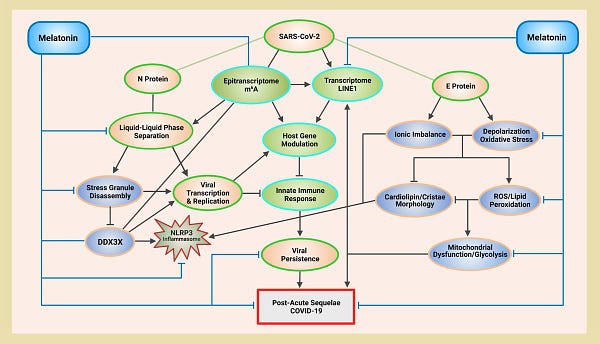
Big appreciation for all supporters here and on Kofi and everyone who shares anything they find interesting.





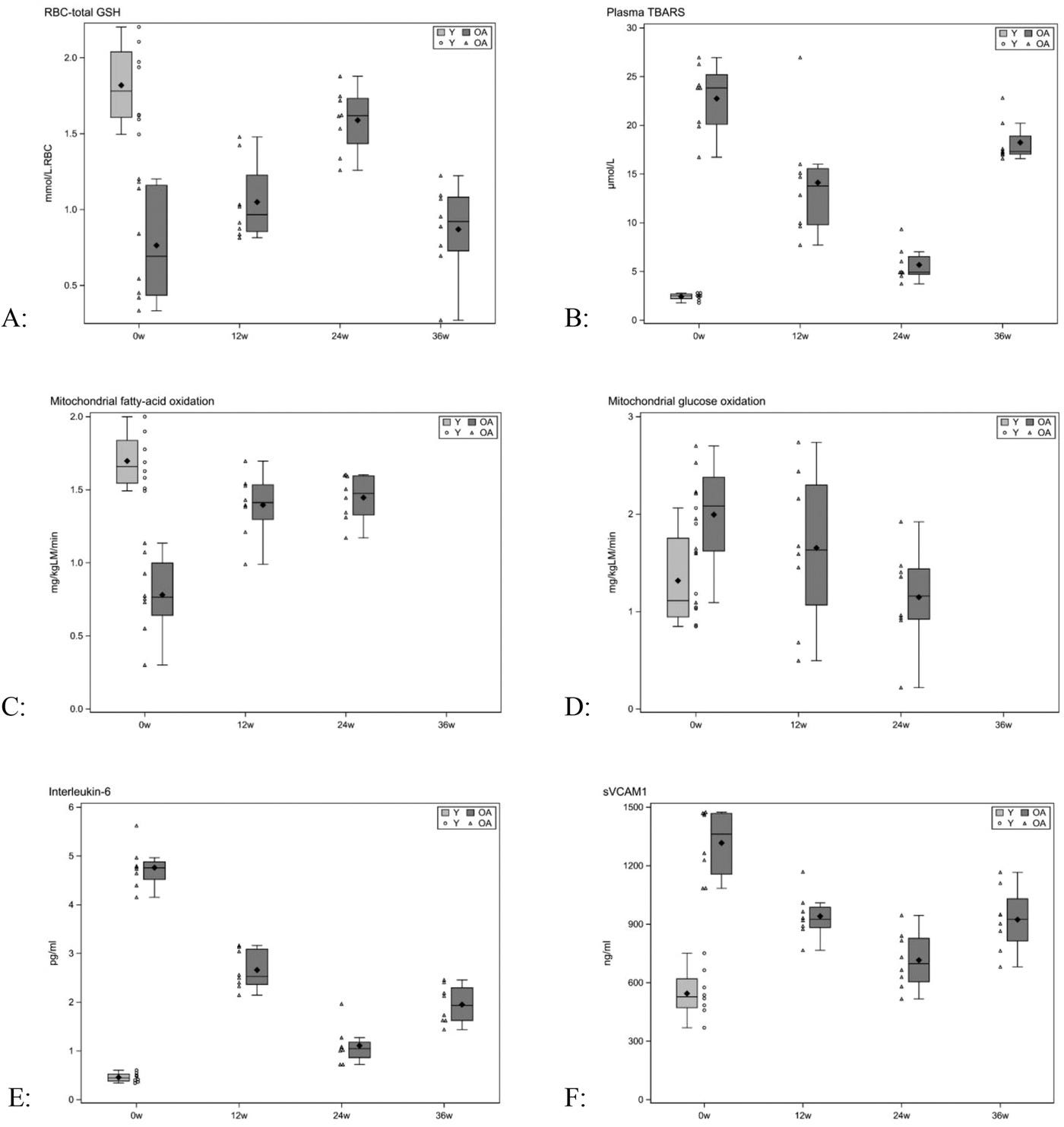
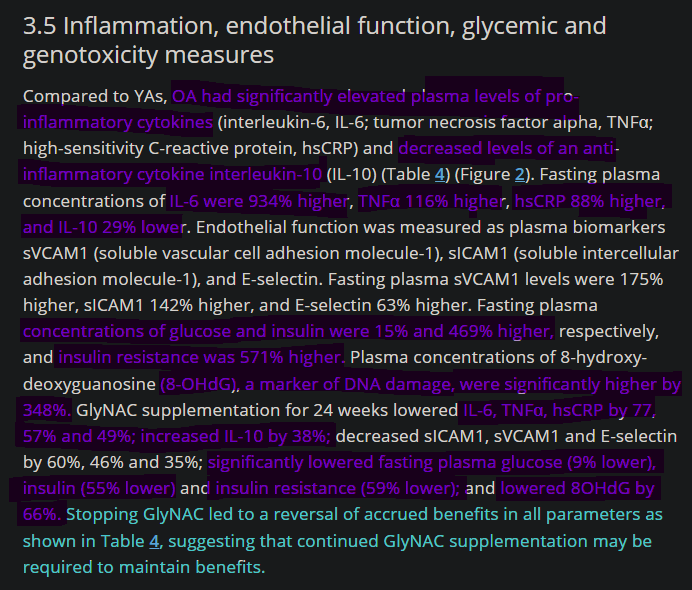

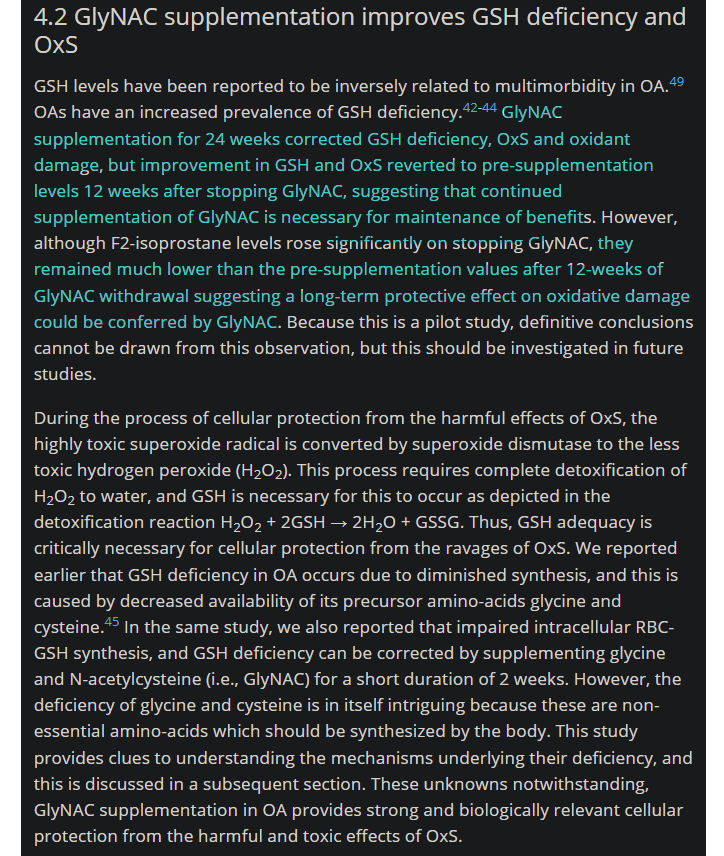

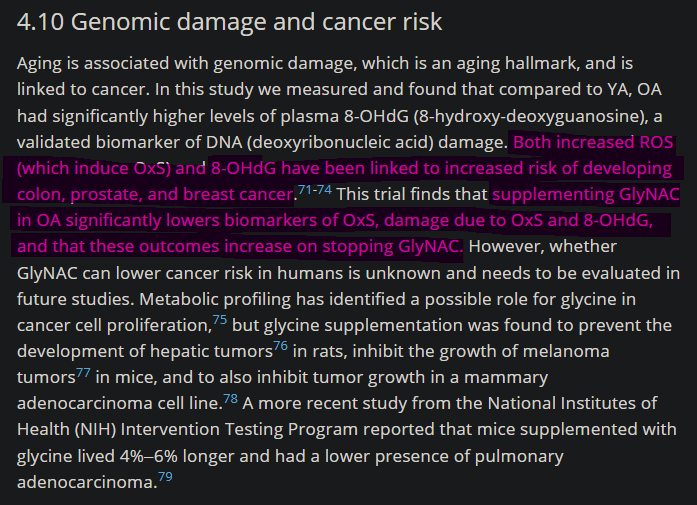
Vaccinated people, and anyone with multiple breakthrough infections, either from Covid or latent viruses waking up should take high doses. 3+ grams of each per day or higher, for a good while. Among other supplements of course.
Terrific post!
Thank you so much.
And please we all must remember that our smallest amino acid, glycine, is of huge importance. Who would know that the profoundly dangerous herbicide, Roundup, which contains glyphosate, would substitute alanine for glycine to make food crops"insensitive", veritably "impervious" to the chemical.
Cited below is a wonderful excerpt from an interview with the glyphosate researcher, Dr. STephanie Seneff.
Reiterated thanks and GO ORGANIC
!https://childrenshealthdefense.org/defender/stephanie-seneff-toxic-legacy-glyphosate-destroying-our-health/
EXCERPT Stephanie Seneff, PHD
Glycine can help counteract the adverse effects of glyphosate One simple remedy that can help lower your glyphosate burden is to take a glycine supplement. As explained by Seneff, the way glyphosate disrupts the shikimate pathway is by affecting an enzyme called EPSP synthase. That enzyme bonds to a molecule called phosphoenolpyruvate (PEP). The “phospho” in that name stands for phosphate .At the place where EPSB synthase binds to PEP, there’s a glycine molecule. It’s a highly-conserved glycine in the enzyme. If that glycine is swapped out for alanine, a very similar amino acid, the EPSB synthase enzyme becomes completely insensitive to glyphosate.“So, it’s black and white — either there’s glycine there, in which case it’s incredibly susceptible to glyphosate, or there’s alanine, in which case it’s completely insensitive,” Seneff says.Incidentally, this is how agricultural scientists create glyphosate-resistant GMO crops. They turn the glycine molecule into alanine, thereby rendering the plant impervious to glyphosate.When glyphosate enters your system, it can take the place of the glycine molecule. While similar, (the “gly” in glyphosate stands for glycine) it’s not identical and does not work the same way as glycine. Hence, this replacement causes all sorts of trouble.By taking a glycine supplement, you can counteract this chain of events by making sure there’s enough glycine present to fill up those glycine slots. As noted by Seneff, “If there’s lots of glycine, you’re going to be much less likely to pick up glyphosate.” She continues:“I had thought about glyphosate being glycine, and knowing that it’s a glycine analog and that it was affecting places where glycine binds. Glycine acts as a neural transmitter. Glyphosate messes that up. I thought, ‘I wonder if it can get into the protein in place of glycine?’